On Jan. 17, Beijing announced that it would allow residents of Shanghai and Fujian Province to visit Taiwan. The two sides are still working out the details.
President William Lai (賴清德) has been promoting cross-strait tourism, perhaps to soften the People’s Republic of China’s (PRC) attitudes, perhaps as a sop to international and local opinion leaders. Likely the latter, since many observers understand that the twin drivers of cross-strait tourism — the belief that Chinese tourists will bring money into Taiwan, and the belief that tourism will create better relations — are both false.
CHINESE TOURISM PIPE DREAM
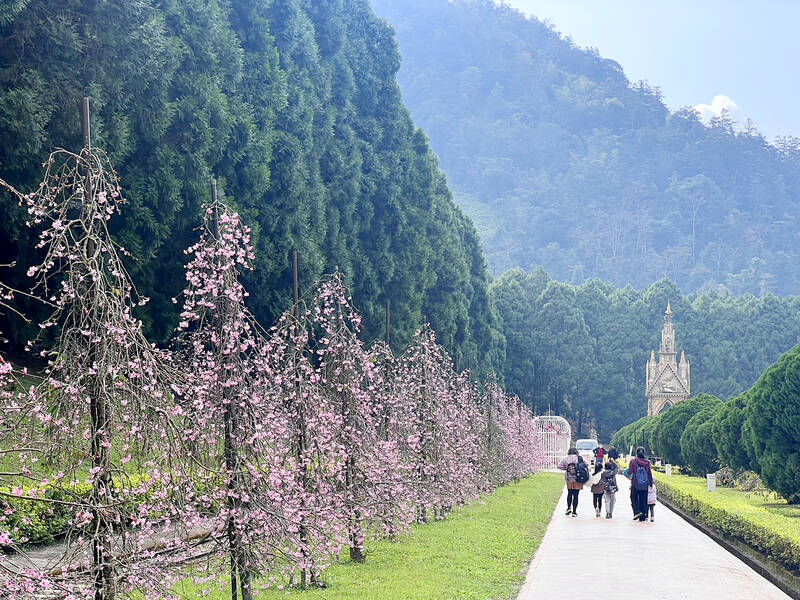
Photo courtesy of Formosan Aboriginal Culture Village
Back in July of 2008, then-president Ma Ying-jeou (馬英九) of the Chinese Nationalist Party (KMT) normalized Chinese tourism. Millions of PRC tourists flooded into Taiwan. Relations between the KMT and the Chinese Communist Party (CCP) were already warm, which helped lead to the opening of Taiwan to Chinese tourists. Tourists were the result, not the cause, of better relations.
Did PRC tourists improve relations between Beijing and Taipei? Obviously not. The PRC military build up continued apace.
One might expect that Taiwanese businesses in the PRC would have enjoyed a renaissance under Ma, but reality disagreed. A 2016 paper in the Journal of Contemporary China on the sustainability of the PRC policy of patronizing Taiwan businesses in the PRC observed bluntly: “...Taiwanese businesses are being crowded out of China’s market. As a result, cross-strait economic integration seems to have entered a period of stasis…”
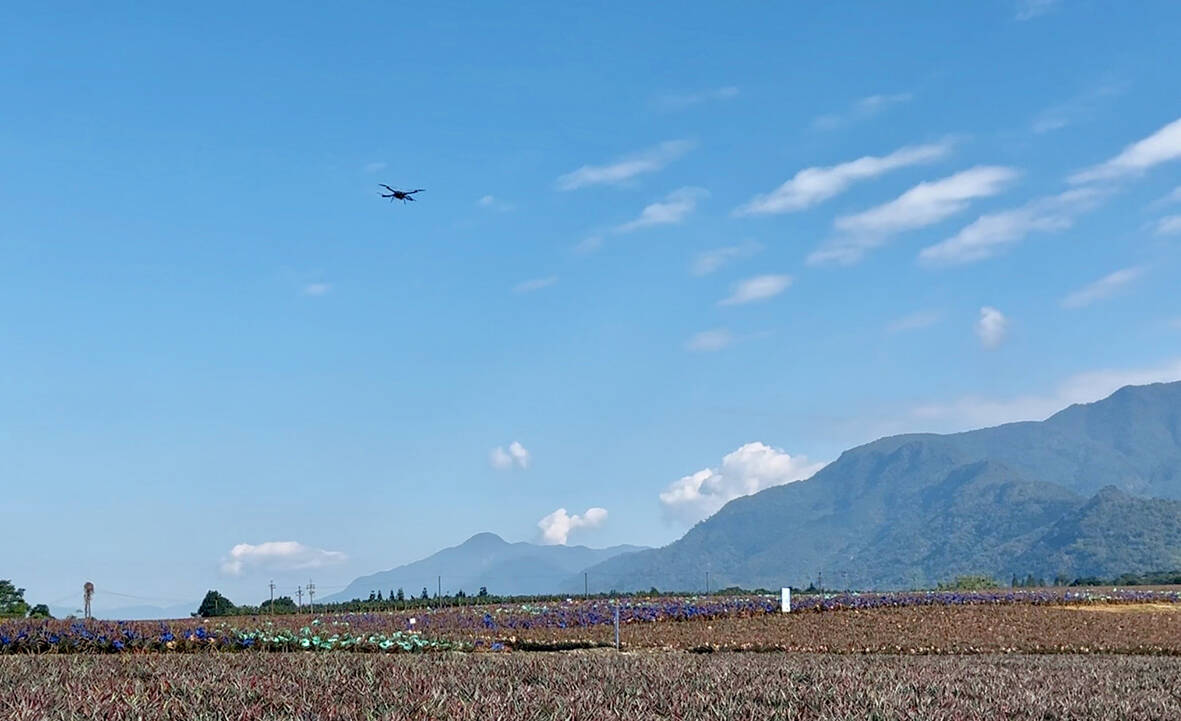
Photo: Lo Hsin-chen, Taipei Times
The PRC also blocked Taiwan’s entry into international trade organizations and free trade agreements, and continued to rain problems on Taiwan’s economy, though Ma had forced through the Economic Cooperation Framework Agreement (ECFA). In 2015 John Deng (鄧振中), Ma’s economics minister, complained of the “unfair” competition from across the Taiwan Strait in statements given to the Financial Times, observing that its subsidies and requirements for domestic content were “against international rules.”
Despite Ma’s submission, it is clear that Beijing made no meaningful changes in its behavior towards Taiwan. President Lai should expect no changes this time around.
What about economic inflows? As a Taipei Times editorial noted last week, most of the tours “were organized by so-called “one-stop shop” tour agencies based in China, which negotiated for terrible deals with local vendors while keeping most of the revenue in China.”
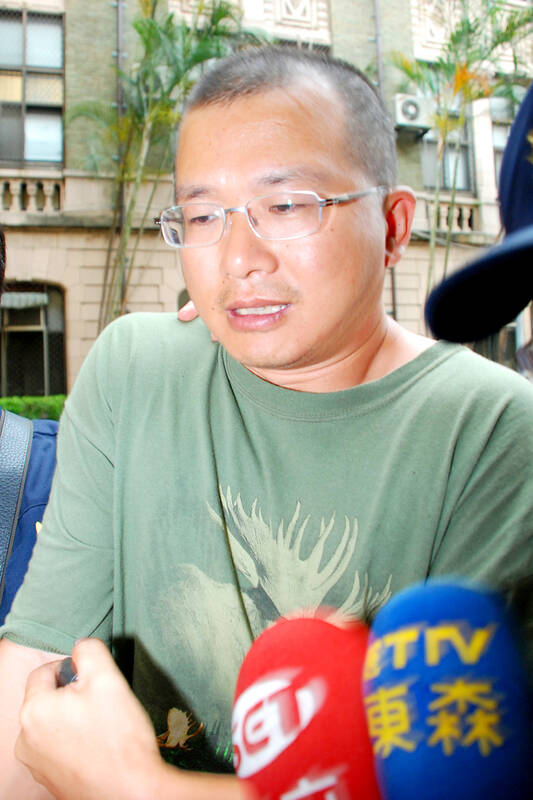
Photo: Peter Lo, Taipei Times
In 2011, an AP report found that while the government claimed PRC tourists spent nearly US$250 per day, Taiwanese operators usually received less than half that sum. Businesses even set up special credit card readers, AP observed, that enabled PRC tourists to ring up their Taiwan transactions in Hong Kong instead of Taiwan, enabling them to avoid sales taxes.
There were numerous similar reports. A 2016 Taipei Times piece described how unpaid debts from Chinese tour groups were crippling tourist agencies, forcing them into bankruptcy, and in turn, leaving local businesses to absorb the losses. A 2015 piece in The News Lens reported that unpaid medical debt left behind by PRC tourists had accumulated to over US$30 million.
The masses of PRC tourists may have been apparent, but their economic effect was minuscule — and that was mostly captured by a few large tourist businesses. Worse, as an excellent 2014 paper in the Journal of Travel Research calculated, because PRC tourists purchased food souvenirs made with large quantities of water, their overall effect on Taiwan, once environmental costs are calculated, was negative. Taiwan thus lost money on each PRC tourist, even using the inflated government figures.
POOR INVESTMENT
They had two other powerful negative effects. First, money invested in the tourism sector crowded out investments in more productive sectors, lowering living standards. Second, as the paper above documents, as PRC tourists come in, they buy New Taiwan dollars, pushing up its value, which in turn reduced exports of Taiwan’s flagship electronic products. PRC tourists, in other words, represented an indirect attack on industries competing with PRC industries. Conversely, when PRC tourists decline, our tech sector rises. Readers may reflect a moment on what has happened in Taiwan’s tech sector since 2016 when the PRC pulled the plug on cross-strait tourism.
Scholar Ian Rowen, who has written extensively on PRC tourism, embedded with Chinese tourist groups in Taiwan and produced an interesting 2014 paper on PRC tourism and PRC territoriality. Rowen found that the presence of PRC tourists alienated Taiwanese, chilling tourist visits by locals wherever PRC tourists appeared (the majority of Chinese tourists travel in tour groups).
PRC assertions of control over Taiwan via tourism thus backfired, increasing negative sentiment towards the PRC. It is thus no surprise that when Taiwan Thinktank in 2015 gave Taiwanese a choice between increasing PRC tourists and recognizing the “1992 consensus” or increasing tourists from other countries, 78.1 percent of respondents chose the latter.
PRC tour groups were especially hated. Taiwanese criticized the behavior of PRC tourists, but we often forget that they were little more than political tools, treated like cattle and responded accordingly, as human beings will. I have met many individual PRC tourists and always had pleasant experiences with them.
This suggests what the government should be negotiating for in its discussions with the PRC. First, strict limits should be placed on PRC tour groups, whose effects on the economy and society are wholly negative, and will be used — as they were in the Ma era — to enable the PRC to build local connections with local factions aligned with the PRC and against Lai. The government should instead push for expanded individual tourism, which will nullify PRC attempts to create local linkages.
In May of 2009, a Chinese tourist named Ma Zhongfei (馬中飛), reportedly the CEO of a PRC tech firm, left his tourist group and walked 2km to a sensitive computer warfare command area in an armed forces recruitment building, where he took photos, an obvious intelligence op. This will remain a problem, and security should be heightened at sensitive facilities across Taiwan. And no, security will not be less of an issue with tour groups, since they are easy to abscond from. Since drone-based espionage is now a ubiquitous problem at military installations in the West, the government should establish rules to prevent PRC tourists from purchasing drones in Taiwan or bringing them in.
Is there any hope things will be different this time around? I asked Ian Rowen what he thought of the current Lai initiative on PRC tourism.
“Now nearly 17 years after the initial opening of leisure tourism, and under a very different administration,” he said, “both Taiwanese people and Chinese tourists are hopefully a little more aware of each other and realistic about the possibilities, or lack thereof, for mass tourism to promote Chinese nationalist sentiment.”
PRC mass tourism may not make Taiwan love the PRC, but it remains an economic and political weapon against Taiwan, to be embraced sparingly, and under strict regulation.
Notes from Central Taiwan is a column written by long-term resident Michael Turton, who provides incisive commentary informed by three decades of living in and writing about his adoptive country. The views expressed here are his own.

During the Metal Ages, prior to the arrival of the Dutch and Chinese, a great shift took place in indigenous material culture. Glass and agate beads, introduced after 400BC, completely replaced Taiwanese nephrite (jade) as the ornamental materials of choice, anthropologist Liu Jiun-Yu (劉俊昱) of the University of Washington wrote in a 2023 article. He added of the island’s modern indigenous peoples: “They are the descendants of prehistoric Formosans but have no nephrite-using cultures.” Moderns squint at that dynamic era of trade and cultural change through the mutually supporting lenses of later settler-colonialism and imperial power, which treated the indigenous as
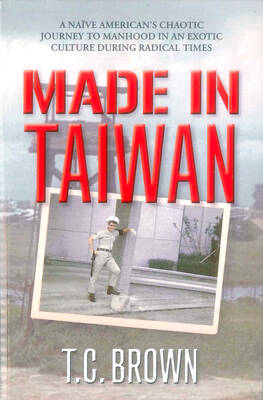
By 1971, heroin and opium use among US troops fighting in Vietnam had reached epidemic proportions, with 42 percent of American servicemen saying they’d tried opioids at least once and around 20 percent claiming some level of addiction, according to the US Department of Defense. Though heroin use by US troops has been little discussed in the context of Taiwan, these and other drugs — produced in part by rogue Chinese Nationalist Party (KMT) armies then in Thailand and Myanmar — also spread to US military bases on the island, where soldiers were often stoned or high. American military policeman
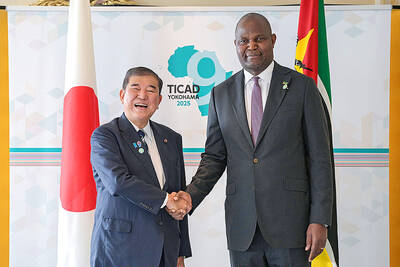
An attempt to promote friendship between Japan and countries in Africa has transformed into a xenophobic row about migration after inaccurate media reports suggested the scheme would lead to a “flood of immigrants.” The controversy erupted after the Japan International Cooperation Agency, or JICA, said this month it had designated four Japanese cities as “Africa hometowns” for partner countries in Africa: Mozambique, Nigeria, Ghana and Tanzania. The program, announced at the end of an international conference on African development in Yokohama, will involve personnel exchanges and events to foster closer ties between the four regional Japanese cities — Imabari, Kisarazu, Sanjo and
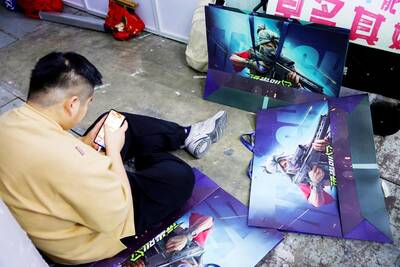
A town in Japan is to urge all residents to restrict their smartphone use to two hours a day in an attempt to tackle online addiction and sleep deprivation. Officials in Toyoake, Aichi prefecture, said the measure would target not only children but also adults, amid growing concern about the physical and psychological toll excessive smartphone use is taking on people of all ages. The move aims “to prevent excessive use of devices causing physical and mental health issues … including sleep problems,” the mayor, Masafumi Koki said recently. The Toyoake municipal assembly began debating the non-binding ordinance this week ahead of a